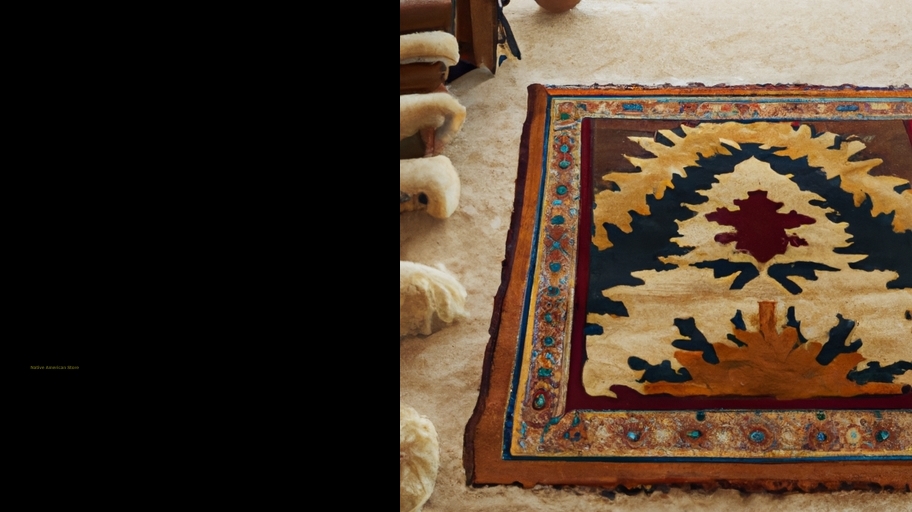Types of Carpets and Rugs for Native Style Decor
Look for age-related signs when examining potential grinding stones.
Examining potential grinding stones to identify their Native American origin can be a tricky process! One should look for age-related signs (such as wear and tear) that may have been caused by the long use of such stones. It's also important to pay attention to the material it was made of, as native Americans traditionally used rocks like quartz or granite.
Furthermore, one should take into account the shape of the stone - if it's disc-like with holes in its surface, odds are that it is an authentic grinding stone. Additionally, you may check whether there are any traces of pigment on them, which would be a clear sign that they were once used for activities like painting or bead work.
Finally, examining the surface area is essential; if there are scratches from scraping against other materials, then this might indicate that the stone was used for cutting purposes. Moreover, it's worth noting that these artifacts often depict symbols associated with Native American culture; so if you spot any drawings or engravings on them, chances are high that they're genuine!
In conclusion, identifying Native American grinding stones is not an easy task but by taking note of all these characteristics you'll be able to accurately spot them! Just remember to stay alert and attentive when inspecting potential grindstones - it could make all the difference!
